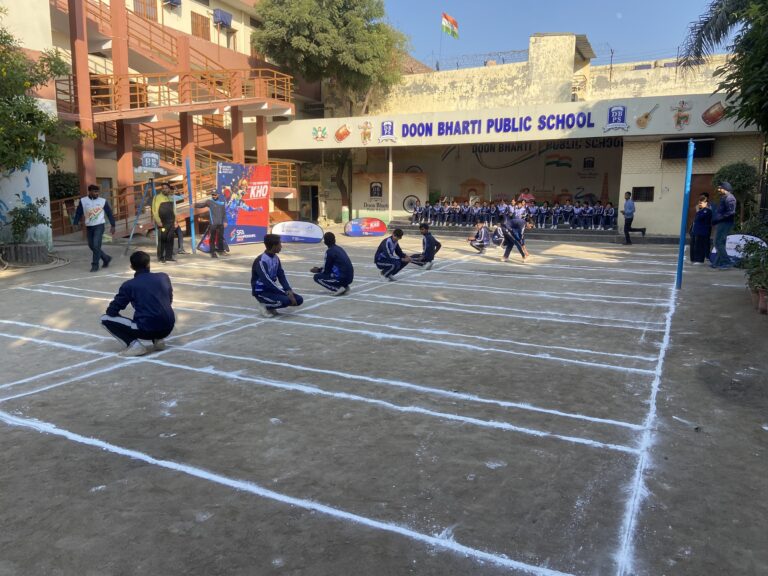Who are the ‘Assamese people’ for whom it is intended? What safeguards has a committee recommended for them? Why has a section of the committee released its recommendations independently?
In February, a government-appointed committee had submitted its recommendations for implementation of Clause 6 of the Assam Accord, a key provision that has been contentious for decades. Since then, the government has not made the report public.
On Tuesday, with six months having passed, a few members of the panel — Arunachal Pradesh Advocate General Nilay Dutta and three members of All Assam Students’ Union (AASU)— released the report independently.
But what is Clause 6?
Part of the Assam Accord that came at the culmination of a movement against immigration from Bangladesh, Clause 6 reads: “Constitutional, legislative and administrative safeguards, as may be appropriate, shall be provided to protect, preserve and promote the cultural, social, linguistic identity and heritage of the Assamese people.”
For recognition as citizens, the Accord sets March 24, 1971 as the cutoff. Former Chief Minister Prafulla Mahanta, one of the signatories to the 1985 Accord as then AASU president, explained to The Indian Express last year that immigrants up to the cutoff date would get all rights as Indian citizens. Therefore, he said, Clause 6 was inserted to safeguard the socio-political rights and culture of the “indigenous people of Assam”.
What has happened since?
Several committees have been set up over the years to make recommendations on implementation of Clause 6. None of them made headway on the provision’s contentious issues, however, until the latest one that was set up by the Home Ministry in 2019. Following widespread protests against the Citizenship Amendment Bill, now an Act, in December and January, the government gave an urgent push to Clause 6 to pacify the Assamese community.
Headed by retired High Court judge Biplab Kumar Sarma and including members of the legal fraternity, retired civil servants, scholars, journalists and AASU office-bearers, the committee was asked to fast-track its report. It submitted its report in February but the government did not make its contents public. Nilay Dutta and three AASU members independently made the contents public on Tuesday.
What has it recommended?
Its brief was to define the “Assamese people” and suggest measures for the safeguard of their rights. The definition of “Assamese people” has been a subject of discussion for decades. The committee has proposed that the following be considered Assamese people for the purpose of Clause 6:
All citizens of India who are part of:
* Assamese community, residing in the Territory of Assam on or before January 1, 1951; or
* Any indigenous tribal community of Assam residing in the territory of Assam on or before January 1, 1951; or
* Any other indigenous community of Assam residing in the territory of Assam on or before January 1, 1951; or
* All other citizens of India residing in the territory of Assam on or before January 1, 1951; and
* Descendants of the above categories
Why 1951?
During the Assam agitation, the demand was for detection and deportation of migrants who had illegally entered Assam after 1951. The Assam Accord, however, set the cutoff at March 24, 1971. The National Register of Citizens (NRC) was updated based on this cutoff.
Clause 6 is meant to give the Assamese people certain safeguards, which would not be available to migrants between 1951 and 1971. If the recommendation is accepted, those who migrated between 1951 and 1971 would be Indian citizens under the Assam Accord and NRC, but they would not be eligible for safeguards meant for “Assamese people”.
What are these safeguards?
Among various recommendations, key are reservation of seats in Parliament, Assembly and local bodies; reservation in jobs; and land rights. The panel recommends the Assamese people be given:
* 80 to 100% reservation in the parliamentary seats of Assam, Assembly seats and local body seats be reserved for the “Assamese people”.
* 80 to 100% of Group C and D level posts (in Assam) in central government/semi-central government/central PSUs/private sector
* 80 to 100% of jobs under Government of Assam and state government undertakings; and 70 to 100% of vacancies arising in private partnerships
* Land rights, with restrictions imposed on transferring land by any means to persons other than “Assamese people”.
Several other recommendations deal with language, and cultural and social rights. On language, it recommends:
* Assamese language shall continue to be official language throughout the state with provisions for use of local languages in Barak Valley, Hill Districts and the Bodoland Territorial Area Districts.
* Mandatory provision of an Assamese language paper for recruitment in state government services with alternatives for Barak Valley districts, BTAD and Hills Districts.
* To set up Academies for all-round development of each of the indigenous tribal languages including, Bodo, Mishing, Karbi, Dimasa, Koch-Rajbongshi, Rabha, Deuri, Tiwa, Tai and other indigenous languages.
SOURCE:The Indian Express















